I’m trying to do an ANCOVA here ...
I want to analyze the effect of EROSION FORCE and ZONATION on all the species (listed with small letters) in each POOL.STEP (ranging from 1-12/1-4), while controlling for the effect of FISH.

I’m not sure if I’m doing it right. What is the command for ANCOVA?
So far I used lm(EROSIONFORCE~ZONATION+FISH,data=d), which yields:

So what I see here is that both erosion force percentage (intercept?) and sublittoral zonation are significant in some way, but I’m still not sure if I’ve done an ANCOVA correctly here or is this just an ANOVA?